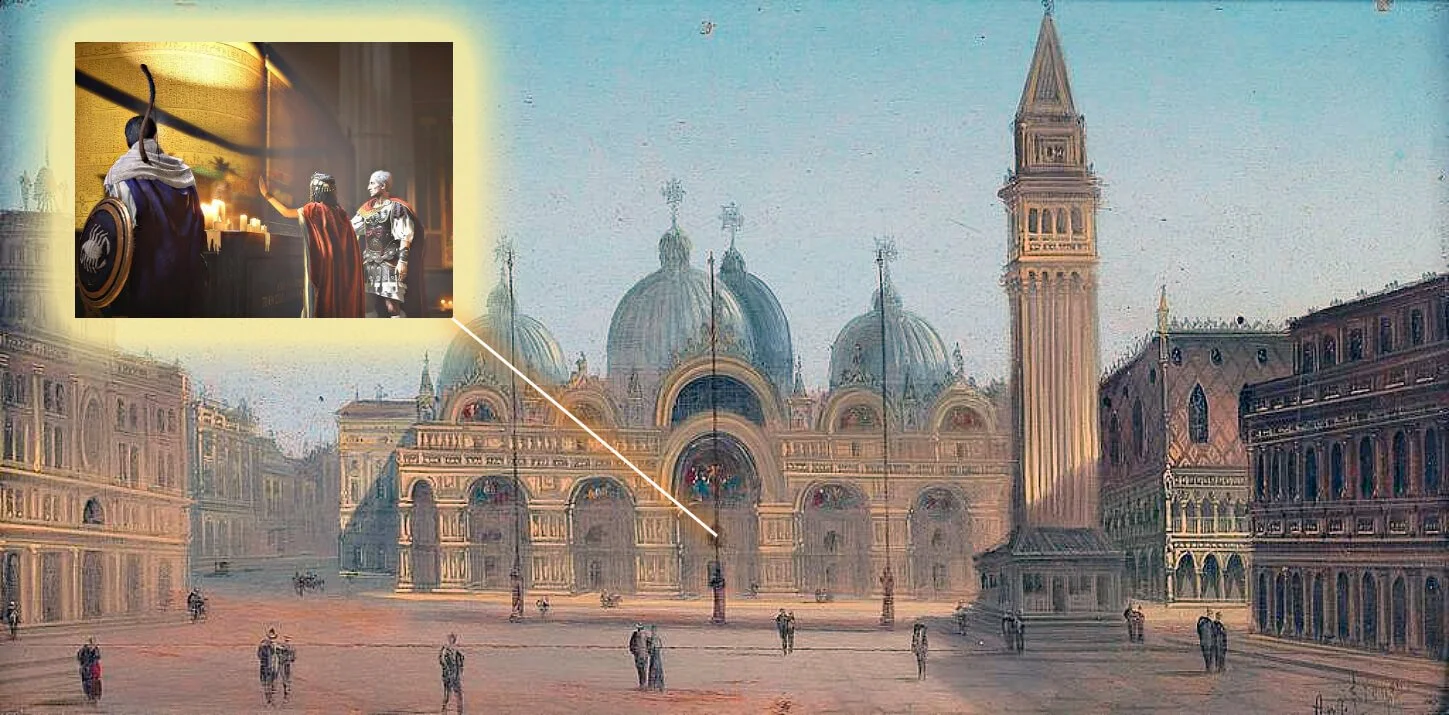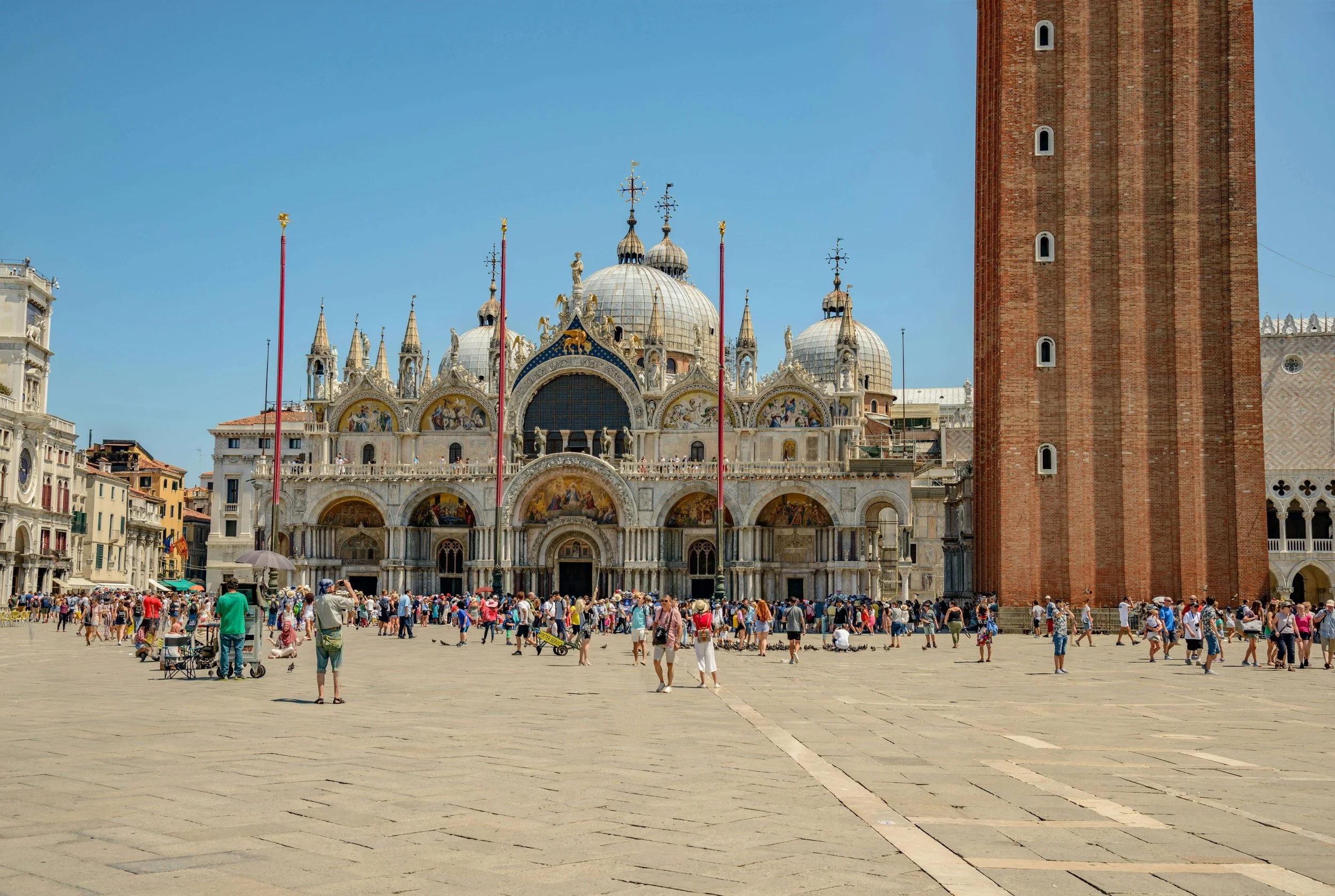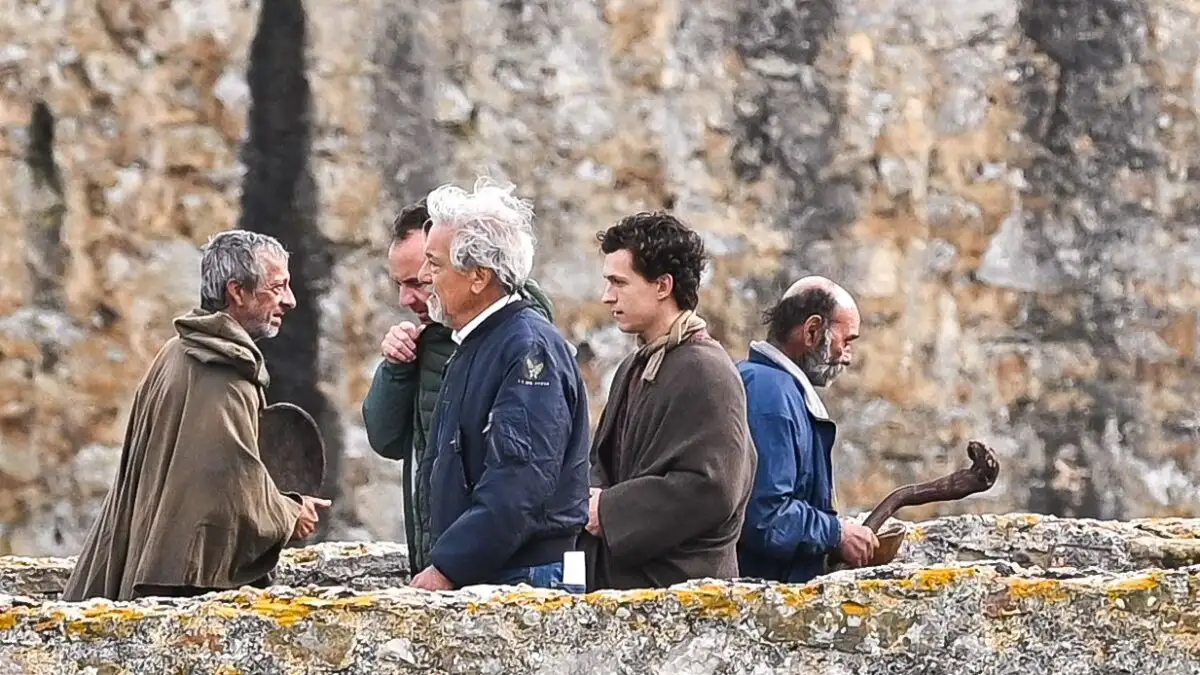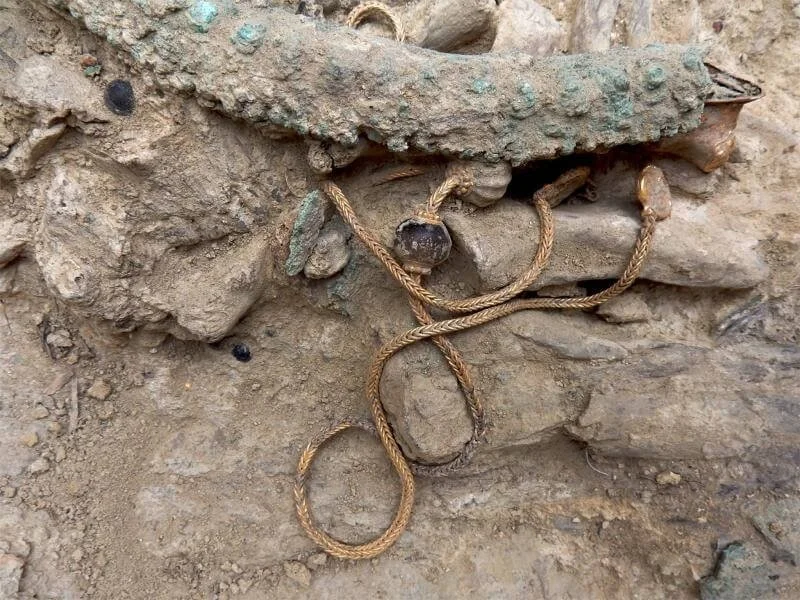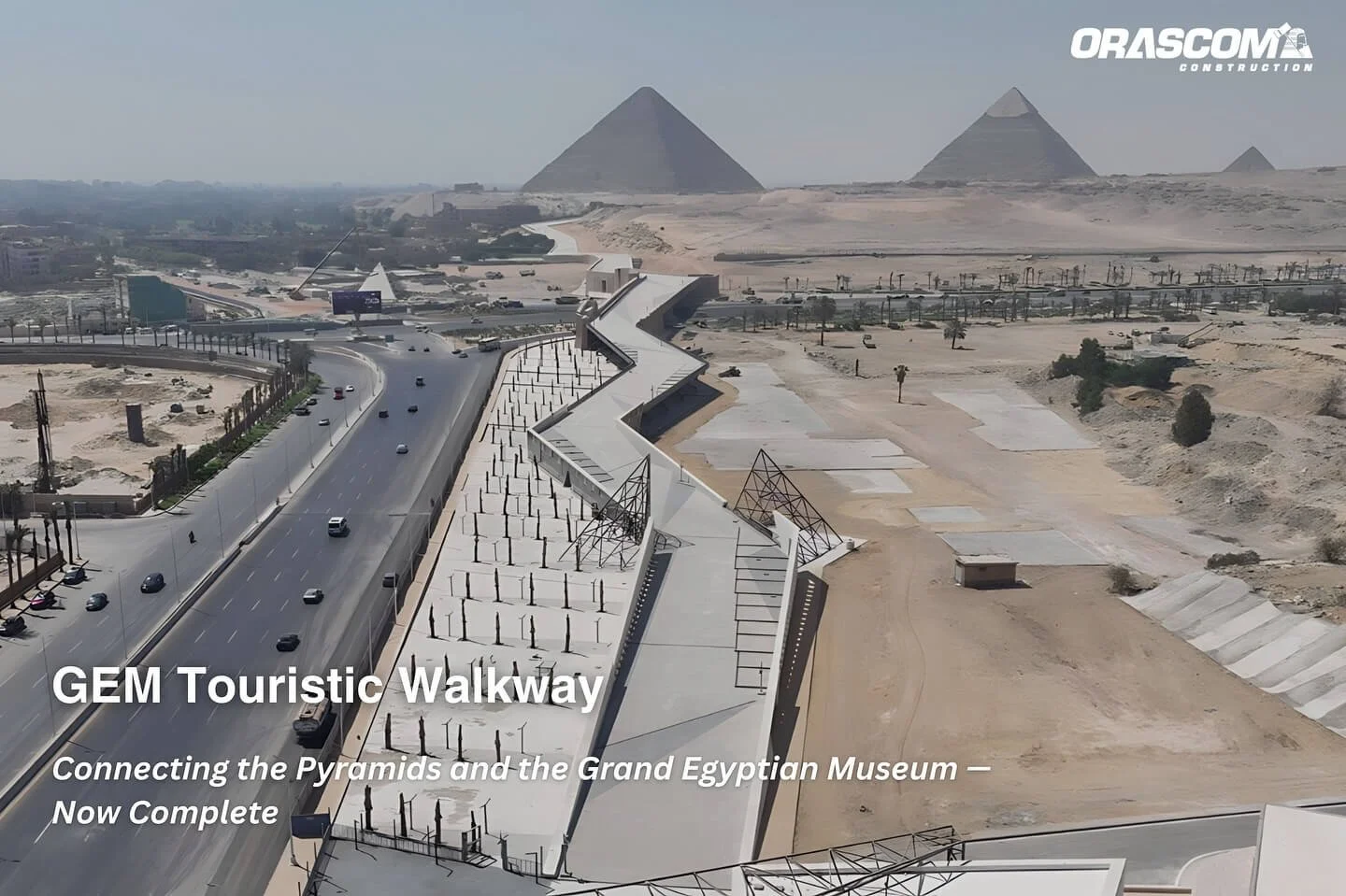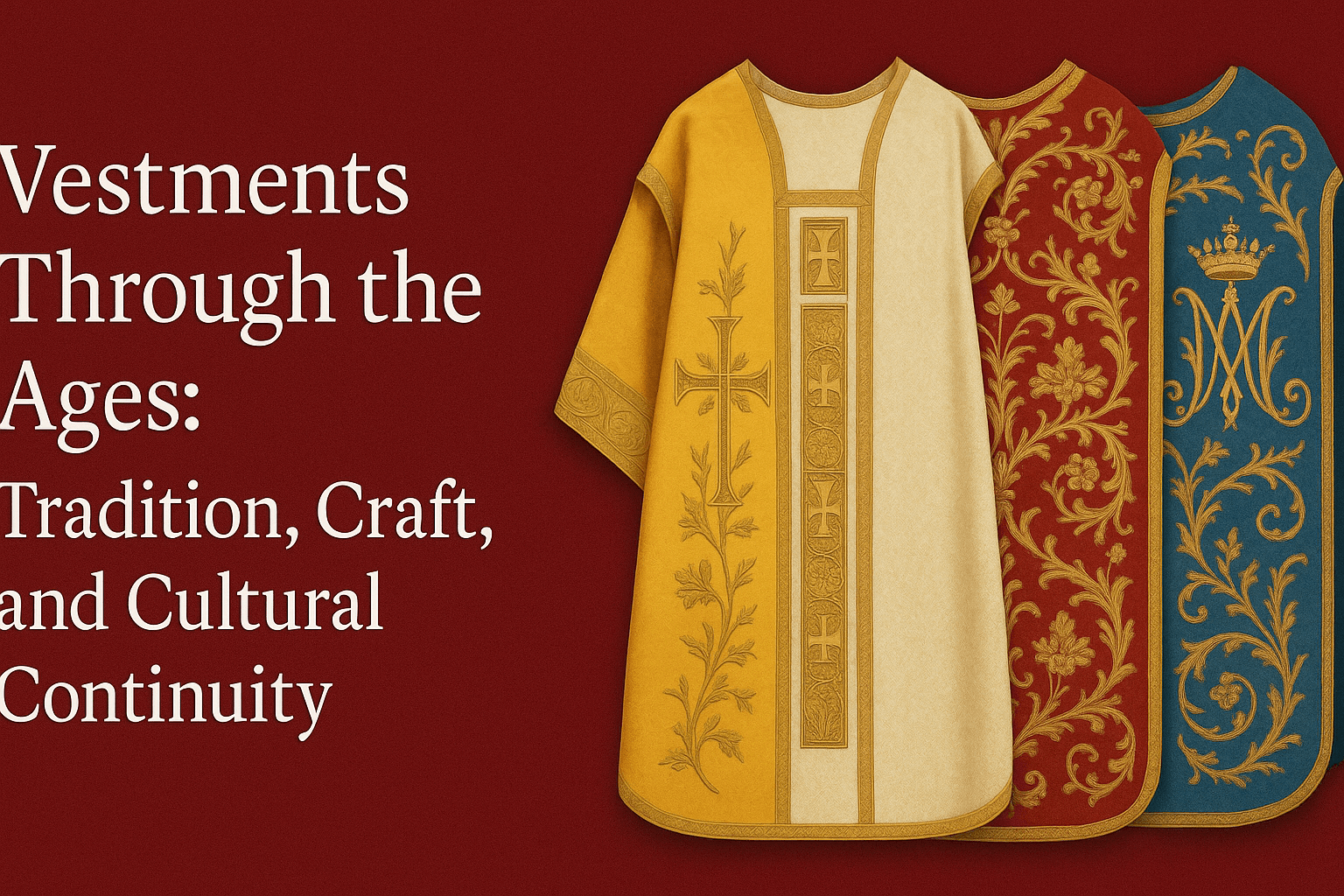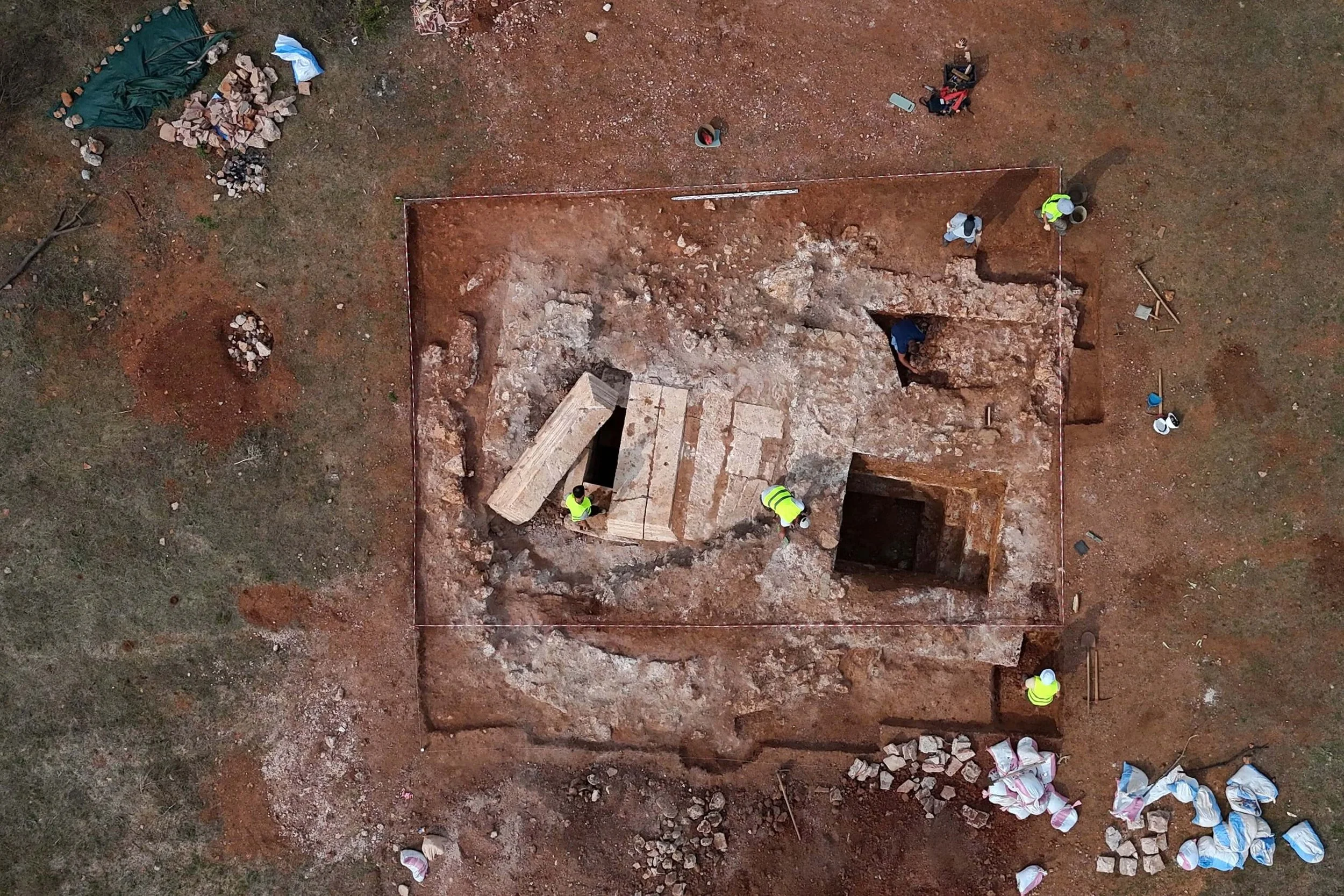The ancient city of Lefkada, founded in the late 7th century BCE by the seafaring Corinthians on the northeastern tip of the island, was once a powerful city-state. Thanks to its strategic position on maritime routes to the North and West and its bustling harbor, Lefkada flourished economically and culturally. Rescue excavations carried out by the Ephorate of Antiquities of Aetolia-Acarnania and Lefkada, within the framework of public and private works, have unearthed significant archaeological remains, including segments of fortification walls, residential structures, cemeteries, and harbor installations.
The only systematic excavation on the island since the large-scale efforts of renowned archaeologist Wilhelm Dörpfeld took place in recent years. Its focus? To uncover Lefkada’s most iconic ancient monument—the theater. The theater is located about three kilometers south of modern Lefkada, nestled on the northeastern slope of the middle hill of Koulmos. Surrounded by olive groves, the site offers a panoramic view of the sea channel and the coastal plain where the ancient city once thrived.
Until 2015, very little was known about the theater. The only recorded traces came from trial trenches dug in 1901 by E. Kruger, a colleague of Dörpfeld, and documented in the book Alt Ithaka. After the initial digs were filled in, the exact location of the theater was lost to time, hidden beneath olive trees and temporary storage sheds. However, the area’s distinctive terrain and surface artifacts helped archaeologists from the 11th Ephorate of Prehistoric and Classical Antiquities relocate the site in 1997.
Under the leadership of Dr. Olympia Vikatou, systematic efforts to excavate the theater began in 2015. These efforts were made possible through a partnership with then-mayor Kostas Drakontaeidis and with the support of the nonprofit organization DIAZOMA. The first trial trenches, funded by the municipality, revealed stone seats, the orchestra, and the retaining wall of the stage.
In 2017, a full-scale excavation was launched by the Ephorate of Antiquities of Aetolia-Acarnania and Lefkada, financed jointly by the Region of the Ionian Islands (€100,000) and the Municipality of Lefkada (€100,000), under a formal agreement with the Ministry of Culture. Excavation began on land owned by the Mikronis family, who generously allowed work to proceed before the formal expropriation process was complete. Within just five excavation seasons, by 2023, the team had brought to light the grand and monumental theater of ancient Lefkada.
A Monument Emerges from the Olive Groves
The excavation—led by Dr. Vikatou and supported by a skilled team including archaeologists Vivian Staikou and Varvara Gkiza, surveyor George Lolos, architect Nikos Chatzidakis, and art conservator Aphrodite Tiligada—was especially challenging. It required the removal of numerous large olive trees, extensive soil clearing, the dismantling of modern structures, and the careful relocation of architectural fragments.
Today, the archaeological site reveals much of the theater’s cavea (seating area), orchestra, euripos (drainage channel), parodoi (side entrances), retaining walls, and a substantial portion of the stage building. While the upper parts of the cavea are poorly preserved—mainly due to both ancient and modern human activity—the lower sections retain key architectural elements.
The theater faces northeast/southwest and is divided by 13 staircases (0.72–0.78 meters wide) into 12 seating sections. The lower cavea still has well-preserved stone benches and presidential seats (proedria), especially at the center, along with limestone cover plates, stair risers, and paving slabs.
The main seating area has 21 rows of seats, and above the 21st row, there was likely a horizontal walkway (diazoma). Higher still, three rows were carved directly into the rock, with the rest of the epitheatron (upper cavea) appearing as a continuous slope—likely unfinished. At full capacity, the theater could host about 10,000 to 11,000 spectators, though the 24 rows alone could seat around 3,500.
Among the highlights of the excavation are three partially preserved stone thrones, intricately decorated with lion’s paws, dolphins, birds, and sirens, likely reserved for high-ranking individuals such as priests or officials of the city or the later Acarnanian League.
The orchestra—partially carved into bedrock—forms a complete circle with an outer diameter of 16.65 meters, encircled by a stone frame made of three layers of stones. The stones feature elegant decorative motifs such as wave patterns and bands.
The stage building measures approximately 20 meters long and 13 meters wide. Though only the foundations survive, many column fragments and pieces of the entablature suggest it featured an Ionic façade with 16 engaged columns. On either side of the colonnade were ramps, each nine meters long, leading to the logeion (the upper stage platform where actors performed). These ramps were enclosed at their entrances with gates, and a strong retaining wall located 13 meters behind the stage marked the eastern boundary of the structure.
A Theater Shaped by Time
The theater is believed to have been built during the 4th century BCE, a time of prosperity in ancient Lefkada, aligning with the construction of other major public buildings. However, certain architectural features indicate later renovations. During the Roman period, the city declined, especially after the founding of Nicopolis by Octavian Augustus in 31 BCE, when many residents of Lefkada were resettled there. The theater, like much of the ancient city, was eventually abandoned, and parts of its structure were repurposed for newer buildings, some of which were erected directly atop the seating area.
Despite centuries of wear and human intervention, the theater remains a striking and imposing monument, seamlessly integrated into the natural contours of the hill and overlooking the surrounding landscape, including the ancient city’s harbor and the Acarnanian coastline.
The upper part of the cavea and parts of the stage are scheduled for future excavation, pending the completion of land expropriations initiated by the Ministry of Culture following a 2020 visit by Minister Lina Mendoni. Restoration and stone conservation plans have already been prepared under the current Programmatic Agreement. Once approved by the Central Archaeological Council (KAS), the project will be ready for inclusion in a co-financed funding program.
Sincere thanks are extended to regional governors Spyros Galiatsatos, Rodi Kratsa-Tsagaropoulou, and Ioannis Trepeklis, as well as to mayors Konstantinos Drakontaeidis, Charalampos Kalos, and Xenofon Verginis, all of whom played key roles in advancing the agreement with the Ministry of Culture.
From a forgotten hillside covered in olive trees to a monumental rediscovery, the ancient theater of Lefkada stands once more—a testament to the island’s rich cultural legacy and its enduring connection to the dramatic arts.


